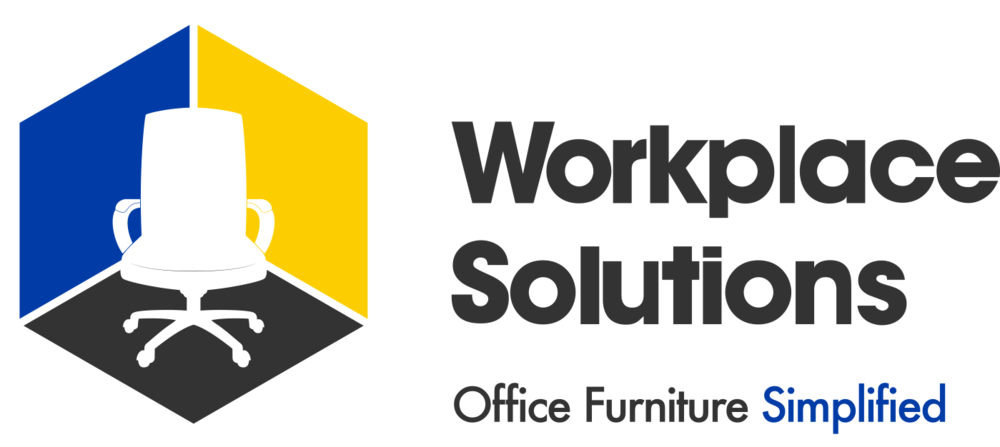Original article INC.
The pandemic altered work life for millions--and it's changing how employers envision the office. Welcome to the workplace revolution.
Office occupancy has been hovering around 50 percent for the past few months, according to the security company Kastle Systems. But as more companies settle on a hybrid schedule, it's clear the office will continue to play a key role in workplace operations--even if that role is changing.
Some companies are downsizing. Some are moving to the suburbs. Some are sharing spaces with other companies. And some are rethinking their office design in big and small ways, says Janet Pogue McLaurin, global director of workplace research at the architecture and design firm Gensler.
Indeed, after sampling a different type of work during the pandemic, companies are undergoing "the big reevaluation phase," says Caren Foster, principal at the design firm Moody Nolan. Workplaces must now compete with coffee shops, the home office, and other places where employees have demonstrated an ability to work effectively. In essence, offices must now "earn that commute," Foster says.
If a complete office revamp sounds overwhelming, worry not--most companies are making smaller changes, like redoing a single floor or testing out one idea at a time, McLaurin says. Here's what leaders should consider as they start to reimagine their space:
First, include employees.
The office is the central hub for your team, so in addition to insight from senior management or design professionals, don't forget to consider perspectives from your wider staff, Foster says.
The wealth management firm O'Brien Wealth Partners, for instance, used a series of surveys to gather insight from its employees. After vacating its Boston Back Bay headquarters, the team designed its new office in Waltham, Massachusetts, from scratch--and this approach let it gauge evolving employee sentiment on wants for the space, says Jill Fopiano, O'Brien's president and CEO.
Meanwhile, TechSmith--an East Lansing, Michigan-based software company--conducted multiple employee focus groups as it moved forward with the construction of its $15 million new headquarters. The focus group discussions covered topics including hybrid technology needs and requests for the team game room, says CEO Wendy Hamilton.
Design for different ways of working.
The sudden shift to widespread remote work ushered in a "new awareness of how we all work best," McLaurin says, as well as a new understanding that preferred ways of working could be different for each employee.
Thus, some newer office designs are dividing the workplace into "neighborhoods": differently designed spaces that suit different types of work, McLaurin says. For instance, some offices now have a "library"--a space for focused, quiet work--while other areas lend more to collaborative brainstorming.
TechSmith's new office, which opened in September 2022, features three new types of workspaces: small offices (or "smoffices"), pairing rooms designed for two people, and team rooms intended more for small groups. "We focused a lot more real estate on collaborative space," Hamilton says.
Make sure your technology is up to snuff.
Even with the most optimized office layout, a successful hybrid workplace requires the right technology to support successful collaboration between onsite and remote workers. All too often, hybrid meetings succumb to technical difficulties, making employees wish they'd hopped on virtually instead of joining from the office, Foster says.
Thoughtful technological improvements can circumvent these issues. In O'Brien Wealth Partners' new office, which opened earlier this year, employees can walk into a conference room and access Zoom in one click--a simple change that saves teams some tedious steps.
TechSmith, meanwhile, invested millions in technology to create a "hybrid-first" workplace for its approximately 300 employees, Hamilton says. "Our meeting rooms are equipped with things like digital whiteboards that you can both use physically and digitally at the same time," Hamilton says. "If the tech's out there, we've tried it to support hybrid work."
The office will evolve. And so should you.
While this might be a transformative moment for the workplace, office trends and needs will keep evolving. Think about the office as a retail store, McLaurin says: You can invest in the lighting and the must-have elements, but the displays will change for seasons, holidays, and different offerings.
"The workplace can no longer be precious," McLaurin says. "You need to be thinking about what elements can continually change in order to adapt to how employees are continually changing, how work is continually changing, how technology is continually changing."



